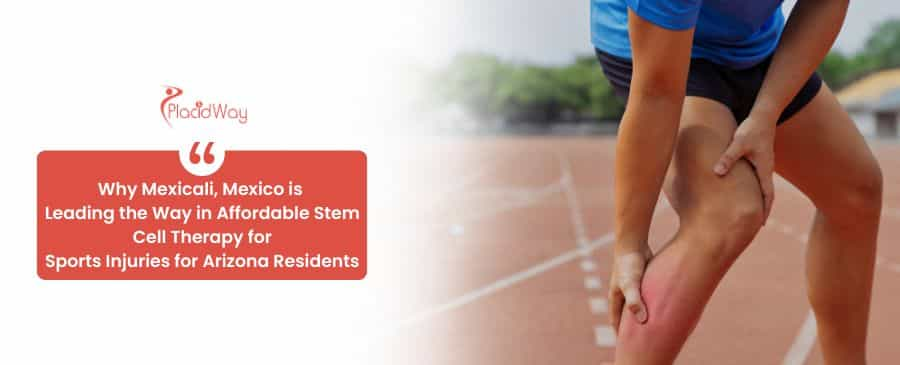
For active residents in Arizona, a persistent sports injury—like a nagging rotator cuff, chronic knee pain, or osteoarthritis—can be more than just frustrating. It can mean giving up the activities you love, from hiking in Sedona to golfing in Scottsdale. When faced with the high costs of US healthcare, treatments not covered by insurance, or the long downtime of orthopedic surgery, many feel stuck.
But what if a cutting-edge solution was just a short, simple drive away?
This is precisely why Mexicali, Mexico, has emerged as a leading destination for Arizona residents seeking advanced stem cell therapy. This regenerative medicine approach offers a minimally invasive alternative, aiming to heal damaged tissue, reduce inflammation, and help you return to your life with less pain—often at a fraction of the cost you'd pay in Phoenix or Tucson.
Key Takeaways
-
Arizona residents can save 50-70% on advanced stem cell treatments for sports injuries by traveling to Mexicali, Mexico, compared to prices in Phoenix, Scottsdale, or Tucson.
-
Mexicali's unique advantage is its proximity; it's a convenient 3-4 hour drive from Phoenix and just over an hour from Yuma, making it an accessible "drive-to" medical destination without the need for international flights.
-
Stem cell therapy costs in Mexicali are significantly lower than in the US:
-
Knee Injury/Osteoarthritis: $2,500 - $6,000 (Compare to $5,000 - $10,000+ in the US)
-
Shoulder/Rotator Cuff: $3,000 - $5,500 (Compare to $6,000 - $9,000 in the US)
-
Spinal/Back Injuries: $4,000 - $8,000 (Compare to $8,000 - $15,000 in the US)
-
Hip or Ankle: $2,800 - $5,000 (Compare to $5,000 - $9,000 in the US)
-
What is Stem Cell Therapy for Sports Injuries?
Stem cell therapy, a key component of regenerative medicine, is an advanced treatment that harnesses the body's natural healing abilities to repair and regenerate damaged tissues. For sports injuries, it offers a minimally invasive alternative to surgery, aiming to treat the root cause of pain—like damaged cartilage, torn ligaments, or chronic tendonitis—rather than just masking symptoms.
This therapy primarily uses Mesenchymal Stem Cells (MSCs), which are "multi-potent" cells. This means they can develop into several types of tissue, including cartilage, bone, and connective tissue. More importantly, they act as the body's primary "repair crew."
When injected into an injured area (like a knee or shoulder), these stem cells work in several ways:
-
Reduce Inflammation: They provide powerful, natural anti-inflammatory effects, which is the first step to healing.
-
Signal Other Cells: They release growth factors and signaling proteins (cytokines) that call other healing cells in your body to the injury site.
-
Promote Regeneration: In some cases, they can directly differentiate into new tissue cells, helping to repair damaged orthopedic conditions.
Unlike cortisone shots, which simply reduce inflammation temporarily, or surgery, which involves cutting and removing tissue, non-surgical stem cell treatment aims to rebuild and heal the original tissue.
Why Mexicali is a Hub for Arizona Residents
Mexicali has emerged as a leading center for regenerative medicine specifically for Arizona residents due to an unbeatable combination of geographical convenience, specialized clinics, and massive cost savings. It provides a unique "drive-to" medical tourism experience, eliminating the time, cost, and hassle of long-haul flights.
For patients in Phoenix, Tucson, Yuma, and even Flagstaff, Mexicali is not a far-off destination; it's a manageable road trip.
-
Extreme Proximity: Mexicali is located directly on the border, adjacent to Calexico, California.
-
From Yuma: Approximately 60 miles, or just over a 1-hour drive.
-
From Phoenix: Approximately 230 miles, or a 3.5 to 4-hour drive.
-
From Tucson: Approximately 240 miles, or about a 4-hour drive.
-
-
The "Drive-To" Advantage: This cross-border healthcare model means you can drive down in the morning, receive your outpatient treatment, and potentially be back in your own home by evening or the next day. This convenience is impossible when considering other hubs like Turkey or Thailand.
-
Specialized Expertise: Mexicali has a high concentration of modern clinics that specialize in orthopedic stem cell treatment. They have extensive experience treating American patients and understand their needs and expectations.
-
Ease of Access: Many clinics are located in secure, modern medical plazas close to the border. Patients can either park securely on the US side in Calexico and walk across (where clinics often provide transportation) or drive across the border with ease.
The Unbeatable Cost of Stem Cell Therapy in Mexicali
The most compelling reason for choosing Mexicali is the dramatic cost reduction for treatments that are often considered "experimental" or are not covered by insurance in the United States. Patients can access more advanced or comprehensive protocols for 50-70% less than what clinics in Scottsdale or Phoenix would charge for a single injection.
This price difference isn't due to lower quality. It's a result of:
-
Lower overhead and operational costs in Mexico.
-
A different regulatory structure that allows for the use of certain types of stem cells (like allogeneic umbilical cord cells) that are not as readily available for orthopedics in the US.
-
A competitive healthcare market focused on serving international patients.
Here is a cost comparison for common stem cell therapy for sports injuries:
| Procedure | Average Cost in Mexicali, MX | Average Cost in Arizona, US | Estimated Savings |
| Stem Cell for Knee Pain (Osteoarthritis, Meniscus) | $2,500 - $6,000 | $5,000 - $10,000+ | 50% - 60% |
| Stem Cell for Shoulder (Rotator Cuff Tear) | $3,000 - $5,500 | $6,000 - $9,000 | 50% - 65% |
| Stem Cell for Hip (Labral Tear, Arthritis) | $3,000 - $6,000 | $6,000 - $10,000 | 50% - 60% |
| Stem Cell for Spine/Back (Degenerative Disc) | $4,000 - $8,000 | $8,000 - $15,000 | 50% - 70% |
| Stem Cell for Elbow (Tennis/Golfer's Elbow) | $2,000 - $3,500 | $4,000 - $7,000 | 50% - 60% |
Note: Prices are estimates and can vary based on the clinic, the severity of the injury, and the type (e.g., autologous vs. allogeneic) and quantity of stem cells used.
Did You Know?
Many professional and high-level amateur athletes travel to Mexico for regenerative orthopedics. Why? In the US, most orthopedic treatments are limited to autologous stem cells (from your own body). In Mexico, clinics with COFEPRIS licenses can offer allogeneic mesenchymal stem cells (often from donated, screened umbilical cord tissue). These cells are younger, more robust, and available in higher counts, which many experts believe leads to more powerful anti-inflammatory and regenerative results.
Common Sports Injuries Treated with Stem Cells in Mexicali
Mexicali's clinics are equipped to handle a wide range of acute and chronic sports-related injuries. Treatment is focused on conditions where tissue is damaged but not completely ruptured, offering a chance for regeneration and significant pain reduction.
Knee Injuries
This is the most common application. Stem cells are used to treat:
-
Chronic Osteoarthritis from wear and tear
-
Partial ACL or MCL tears
-
Meniscus tears
-
Patellar Tendonitis (Jumper's Knee)
Shoulder and Rotator Cuff Injuries
Ideal for nagging shoulder pain that limits mobility:
-
Partial rotator cuff stem cell therapy
-
Shoulder impingement
-
Bicipital tendonitis
-
Labral tears
Elbow, Hip, and Ankle Issues
These repetitive-use injuries respond well to regenerative therapy:
-
Tennis Elbow (Lateral Epicondylitis)
-
Golfer's Elbow (Medial Epicondylitis)
-
Hip bursitis or labral tears
-
Achilles tendonitis
-
Chronic plantar fasciitis
Are You a Good Candidate for Stem Cell Therapy?
The ideal candidate is typically someone with moderate joint or soft tissue damage who is seeking a non-surgical alternative to relieve pain and improve function. A thorough evaluation, including recent MRIs or X-rays, is essential to determine if this therapy is the right choice for your specific condition.
You may be a good candidate if you:
-
Suffer from chronic joint pain from an old or new sports injury.
-
Have been diagnosed with mild to moderate osteoarthritis.
-
Have been told surgery is your only option but want to explore alternatives first.
-
Have tried conservative treatments (rest, physical therapy, cortisone) without success.
-
Are in good general health and have realistic expectations about the outcomes.
Stem cell therapy may not be the best option if you have:
-
A complete tear of a ligament or tendon (which often requires surgical reattachment).
-
Severe "bone-on-bone" arthritis (though it may still help with pain and inflammation).
-
An active infection, blood-clotting disorder, or certain types of cancer.
Expert Insight
"We see many patients from Arizona who are 'weekend warriors' or active seniors. They don't want the 6-month downtime of a knee replacement. The best results from stem cell therapy are seen in patients with moderate degeneration or partial tears. The goal is to 'turn back the clock' on the joint by 5-10 years, not to create a brand new joint. For most, this means a significant reduction in pain and a return to activities like hiking, golfing, or playing pickleball."
The Treatment Process: Your Journey from Arizona to Mexicali
The entire process is designed to be streamlined and efficient, minimizing your time away from home. Most clinics in Mexicali that cater to medical tourism have systems in place to make the journey seamless for Arizona patients.
Step 1: Remote Consultation (From Arizona)
Your journey starts at home. You will typically send your medical records, MRIs, and X-rays from your doctor in Arizona to the clinic. You'll then have a remote consultation (video or phone call) with the Mexican physician to review your case, confirm your candidacy for stem cell therapy, and establish a treatment plan.
Step 2: Traveling to Mexicali
This is the easiest part. You'll drive from Phoenix, Tucson, or Yuma to the Calexico/Mexicali border. You have two main options:
-
Park in Calexico (US): Use one of the secure, paid parking lots on the US side and walk across the border. Many top clinics are a short walk or offer a complimentary shuttle service from the border crossing.
-
Drive Across: If you have Mexican auto insurance (which can be purchased daily), you can drive your own vehicle directly to the clinic.
Step 3: The Procedure (Outpatient)
Your appointment will be at a modern, sterile medical facility. The entire procedure is usually completed in 1-3 hours.
-
Source: If using autologous cells, the procedure may start with a small blood draw or a mini-liposuction to harvest stem cells from your fat tissue.
-
Injection: If using allogeneic (umbilical) cells, the process is faster. The physician will use ultrasound guidance to inject the stem cells precisely into the injured joint or tissue.
-
Observation: You'll rest for a short period (30-60 minutes) for observation before being released.
Step 4: Recovery and Returning to Arizona
The recovery from stem cell injection is minimal. You'll be given aftercare instructions, which usually involve resting the joint for a few days. Most patients are cleared to drive and can return to Arizona the same day or the following morning. You'll follow up with your physical therapist back home, and the clinic will schedule remote follow-ups.
Safety and Regulations: Is Stem Cell Therapy in Mexico Safe?
Safety is a valid and crucial concern, and the answer depends entirely on the clinic you choose. Reputable, professional clinics in Mexicali operate under strict government oversight from COFEPRIS (the Federal Commission for the Protection against Sanitary Risks), which is Mexico's equivalent of the FDA.
When vetting a clinic, you must verify:
-
COFEPRIS Licensure: Ask to see their COFEPRIS license, specifically for "medicina regenerativa" or "células madre" (stem cells).
-
Medical Staff: Ensure the treatments are performed by licensed orthopedic specialists or regenerative medicine doctors.
-
Cell Sourcing: Ask where the stem cells come from. If allogeneic (umbilical), they should come from a licensed, certified lab that screens for all infectious diseases.
-
Transparency: A good clinic will provide a detailed treatment plan, be transparent about costs, and never "guarantee" results.
While risks are low and typically limited to minor pain or swelling at the injection site, choosing an unaccredited or "pop-up" clinic significantly increases your risk. Partnering with a trusted medical tourism facilitator like PlacidWay ensures you are connected only with pre-screened, fully-vetted, and licensed facilities.
Frequently Asked Questions About Stem Cell Therapy in Mexicali
How long does stem cell therapy for a sports injury last?
The results vary, but the goal is long-term healing, not a temporary fix. Many patients experience significant pain relief and functional improvement for several years. The therapy aims to repair tissue, and the longevity of that repair depends on the patient's age, injury severity, and lifestyle.
Is the stem cell procedure painful?
The injection itself is similar to a standard joint injection, like a cortisone shot. The area is numbed with a local anesthetic, so most patients report only minor pressure or discomfort. If an autologous (fat or bone marrow) harvest is needed, that site will also be fully numbed.
How long is the recovery after a stem cell injection?
Downtime is minimal. You'll be advised to rest the joint for 24-48 hours and avoid strenuous activity for a few weeks. Unlike surgery, there is no lengthy rehabilitation period, though physical therapy is often recommended to strengthen the repaired joint.
Why is this type of stem cell therapy not fully approved in the US?
The US FDA has very strict regulations. While autologous treatments (using your own cells) are available, they are often restricted. The use of allogeneic (donor) umbilical cord stem cells for orthopedic conditions is largely considered "experimental" in the US and is not approved for routine use, making it unavailable to most patients outside of clinical trials. Mexico's COFEPRIS has a different regulatory framework that allows for this advanced treatment.
What is the success rate of stem cell therapy for knees in Mexico?
Success rates reported by major Mexican clinics are often between 75-90% for significant pain reduction and functional improvement in patients with mild to moderate osteoarthritis. Success depends heavily on proper patient selection.
Can I drive back to Phoenix the same day as my treatment?
Yes, most patients can. Since the procedure is outpatient and uses local anesthetic (not general), you are free to leave after a short observation. Many patients drive back the same afternoon or stay one night in a hotel in Mexicali or Calexico to rest before driving back.
What is COFEPRIS approval?
COFEPRIS is the Federal Commission for the Protection against Sanitary Risks. It is the main health authority in Mexico, similar to the FDA in the United States or Health Canada. A COFEPRIS license is mandatory for any clinic to legally and safely practice medicine, including stem cell therapy.
Start Your Healing Journey with PlacidWay
Don't let a sports injury or chronic pain keep you on the sidelines, and don't let high costs in Arizona be the barrier to your recovery. Mexicali offers a world-class, affordable, and convenient solution right at your doorstep.
At PlacidWay, we have partnered with the top-vetted, fully-certified regenerative medicine clinics in Mexicali. We take the guesswork and risk out of your decision, connecting you only with facilities that meet the highest standards of safety and efficacy.
Start Your Healing Journey One Step At A Time
Contact PlacidWay today to get a free, no-obligation quote and a remote consultation with a leading stem cell specialist in Mexicali. Take the first step toward healing—just a short drive away.


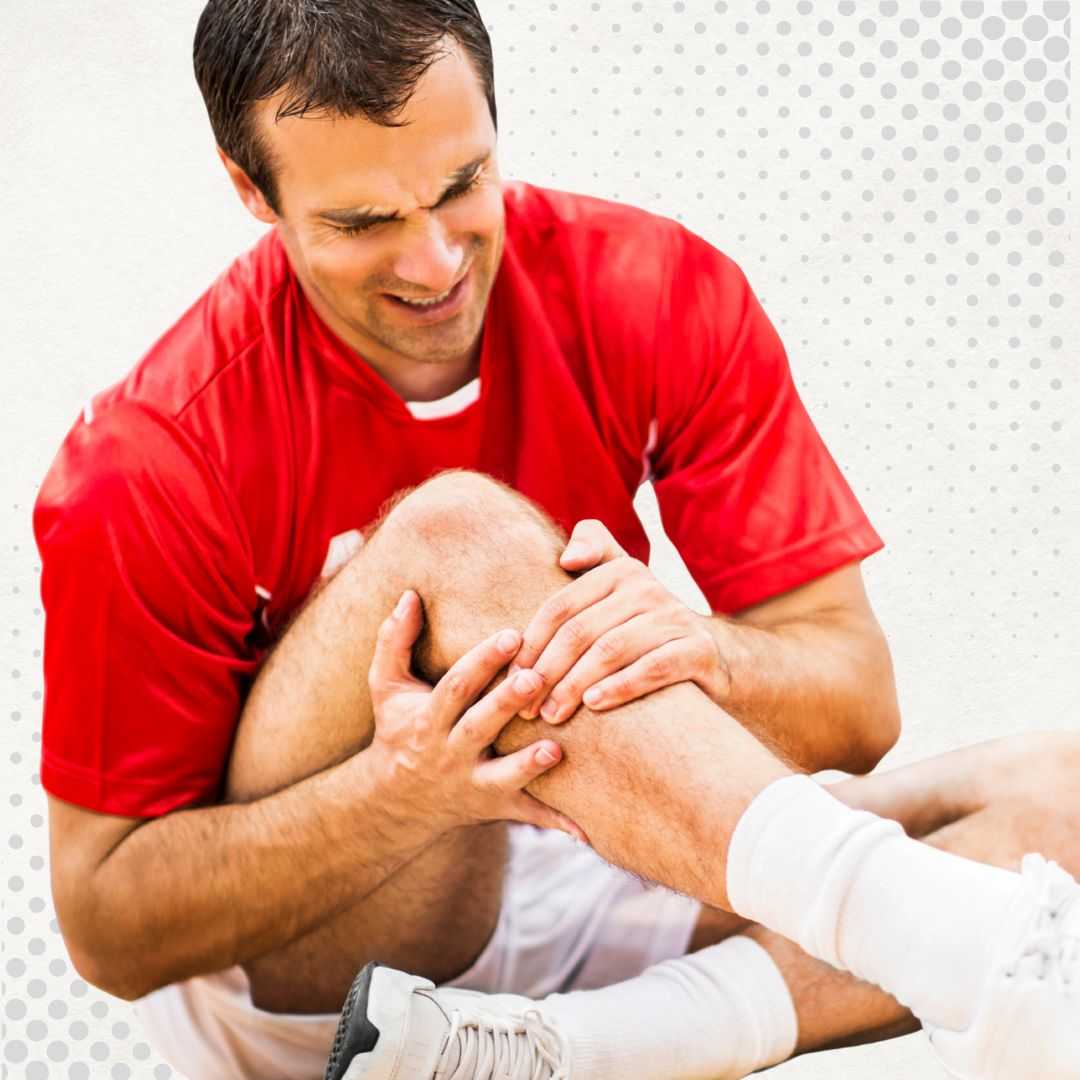

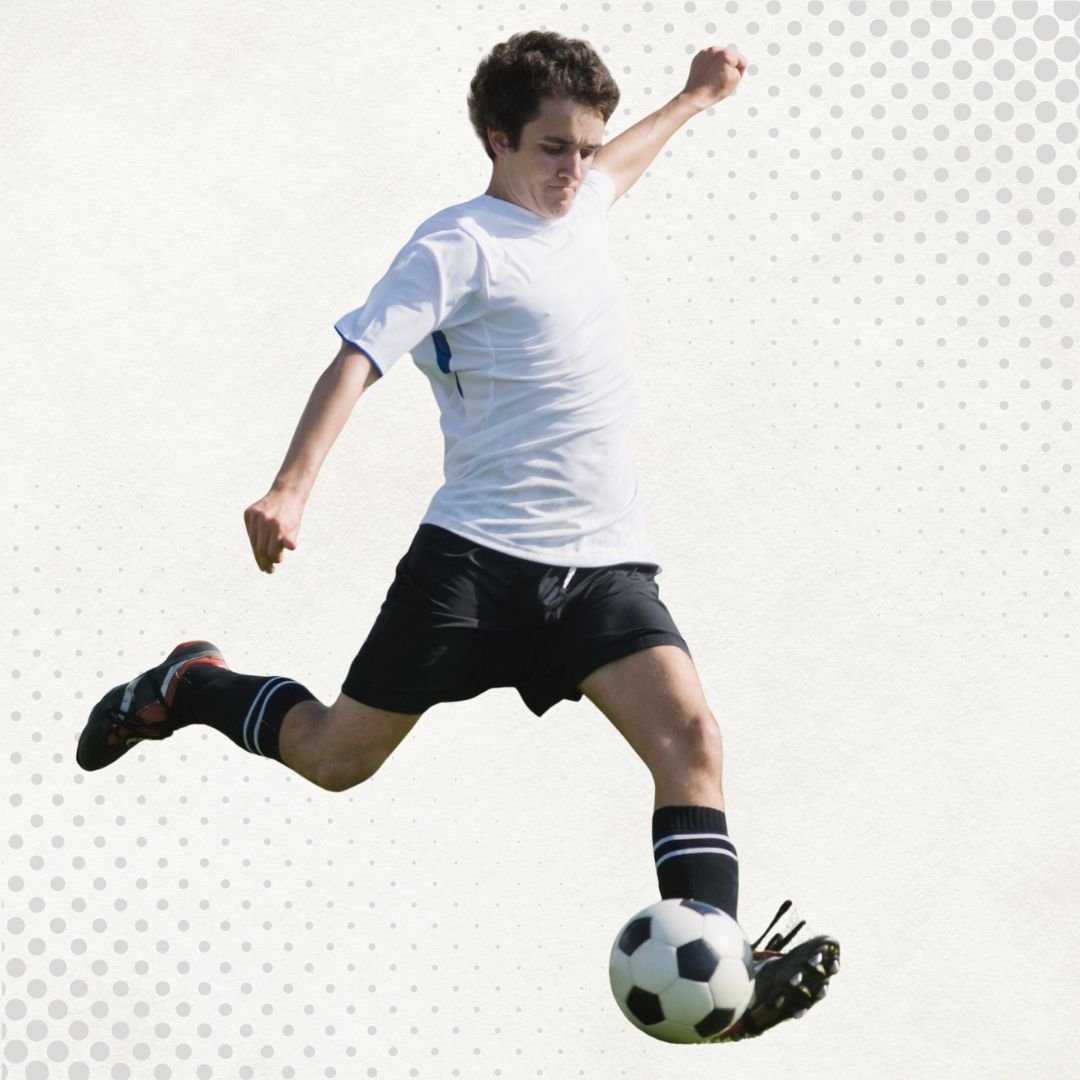
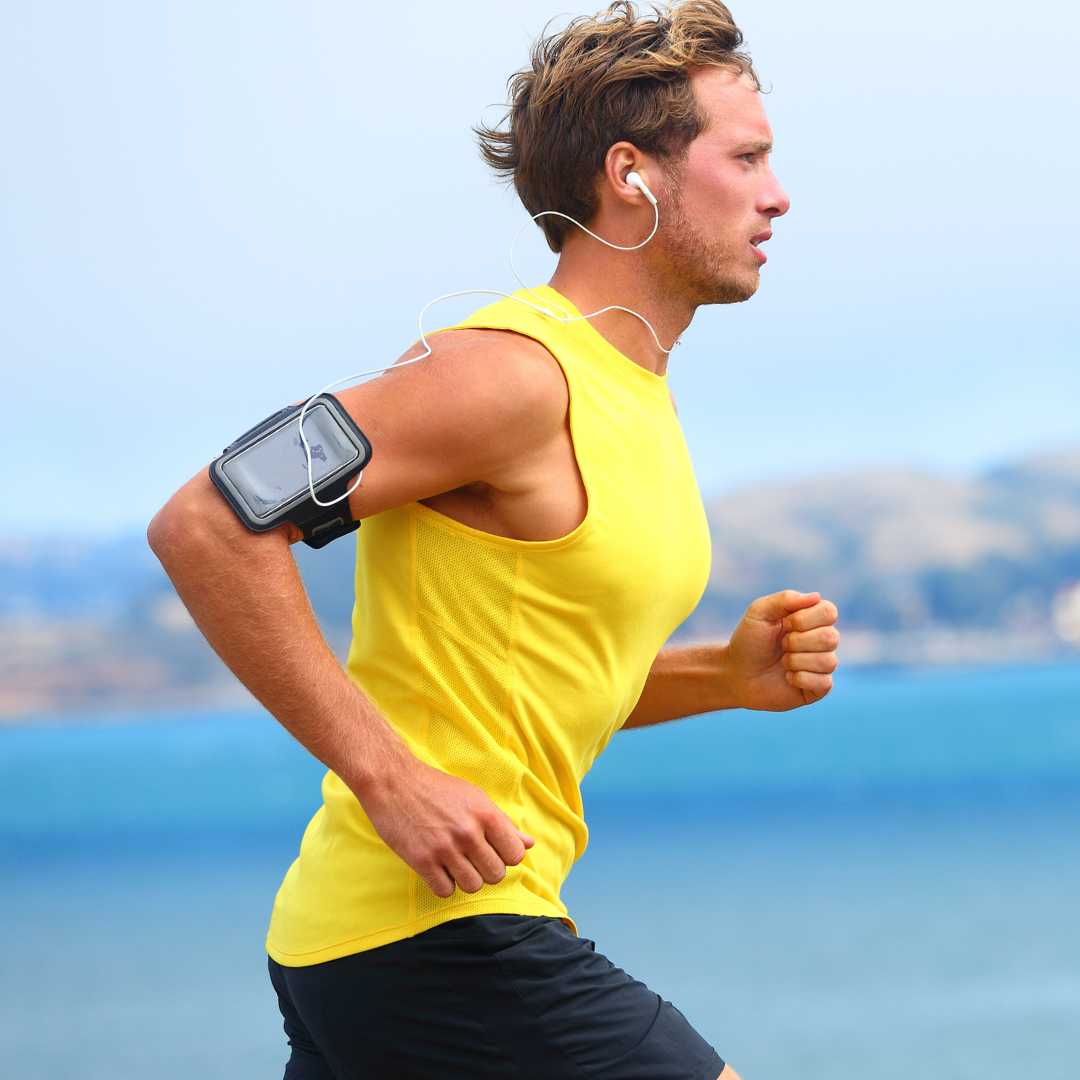


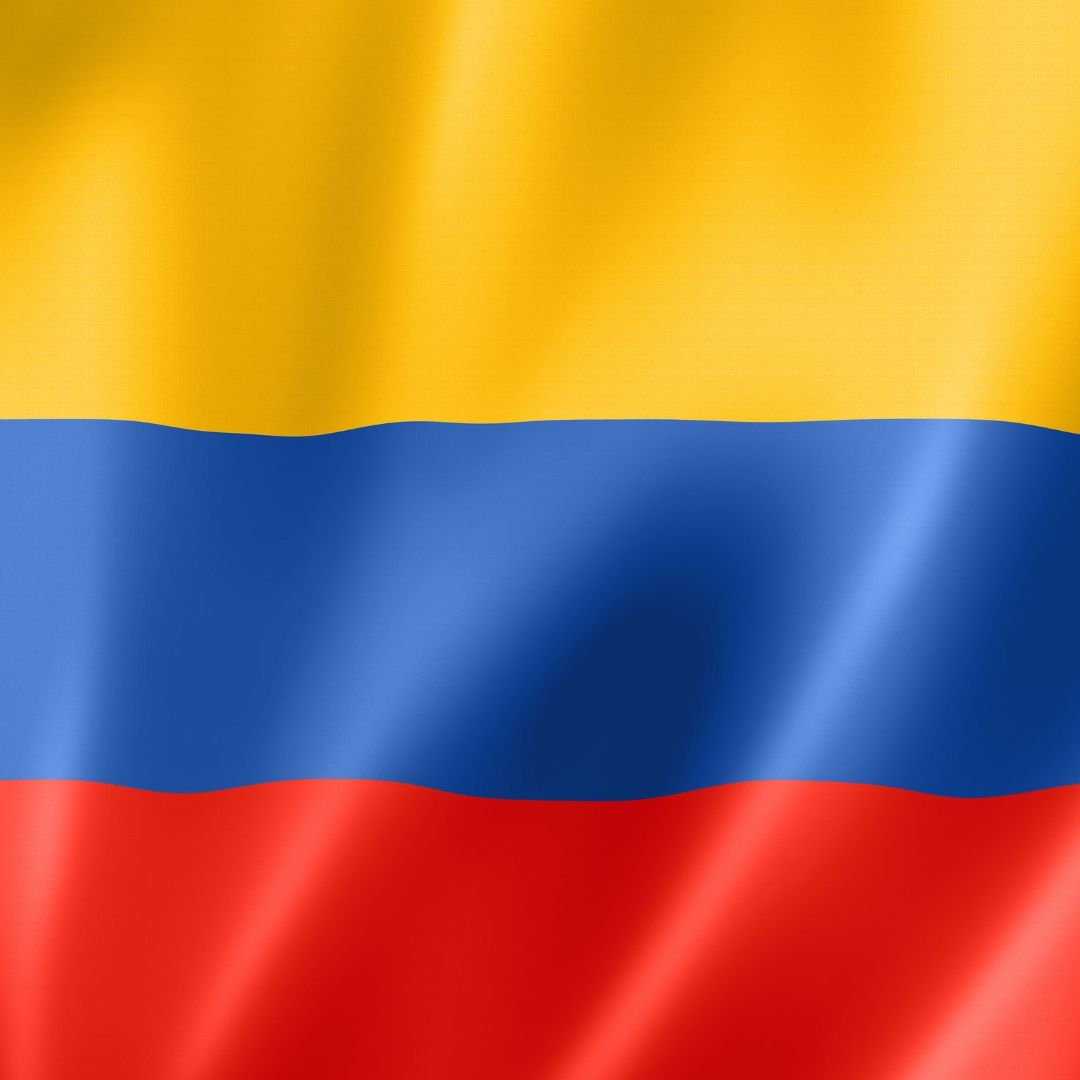
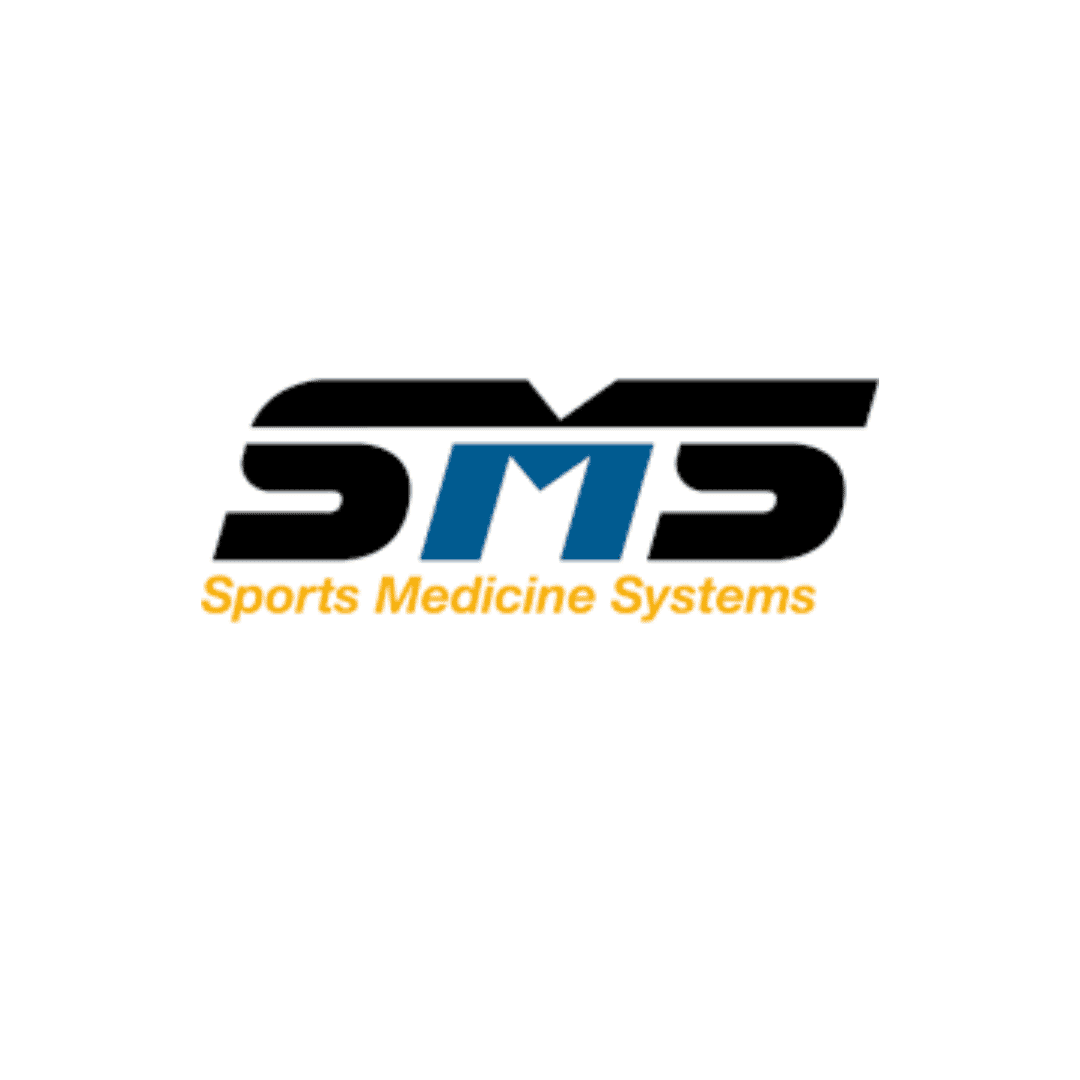
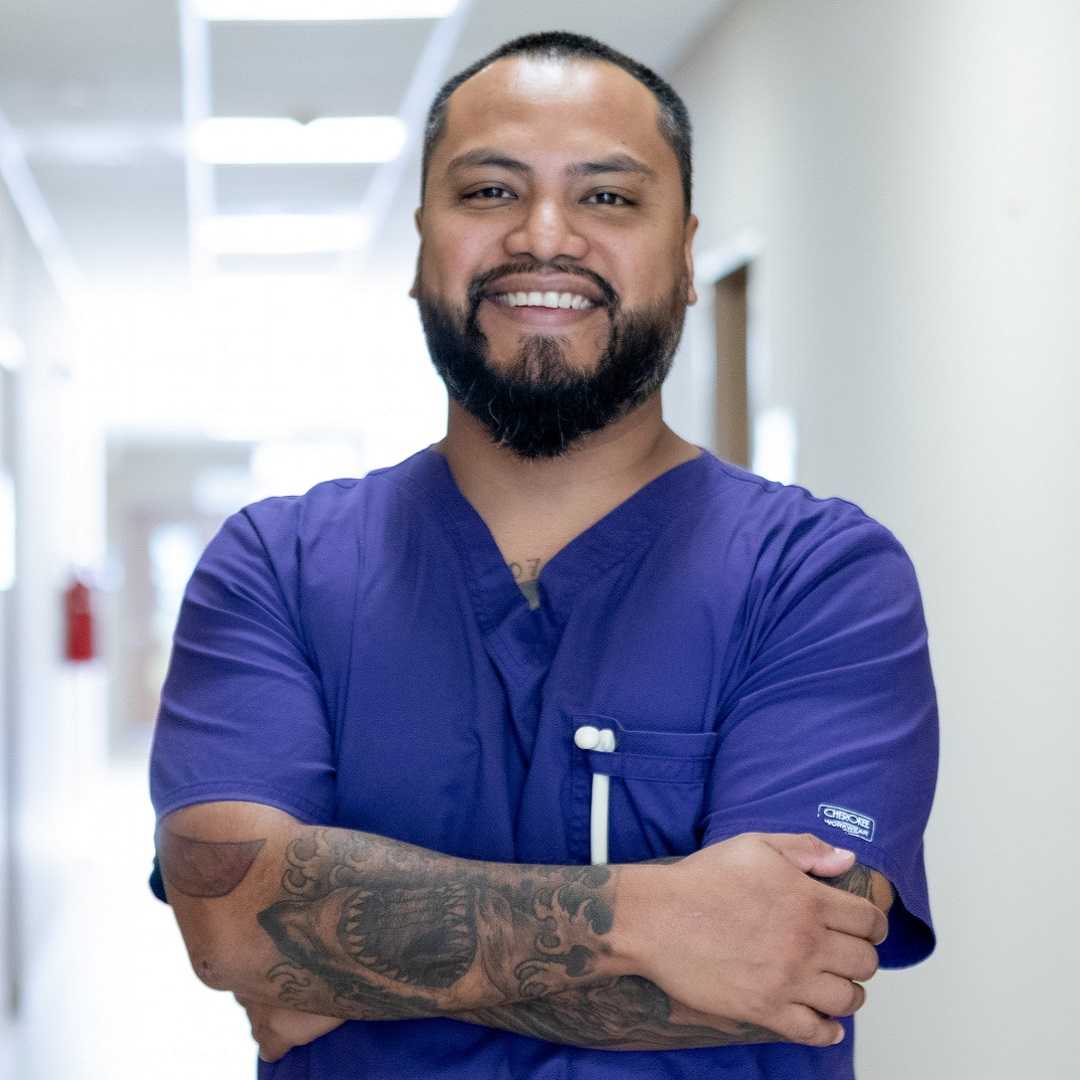
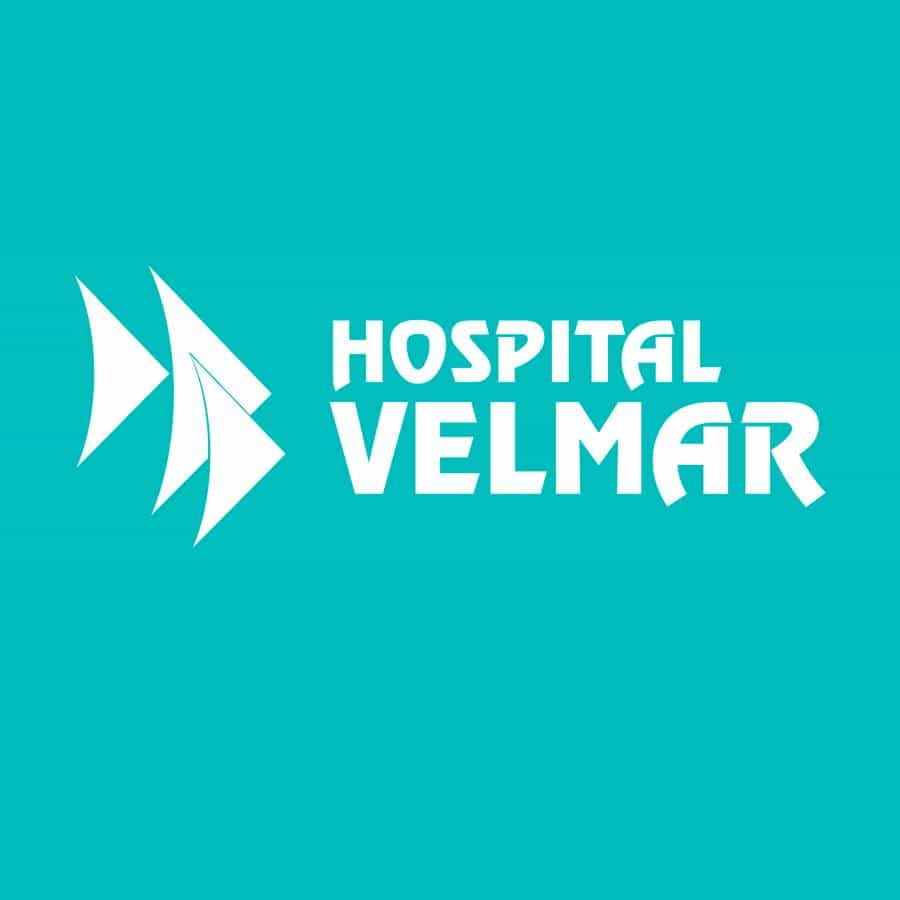

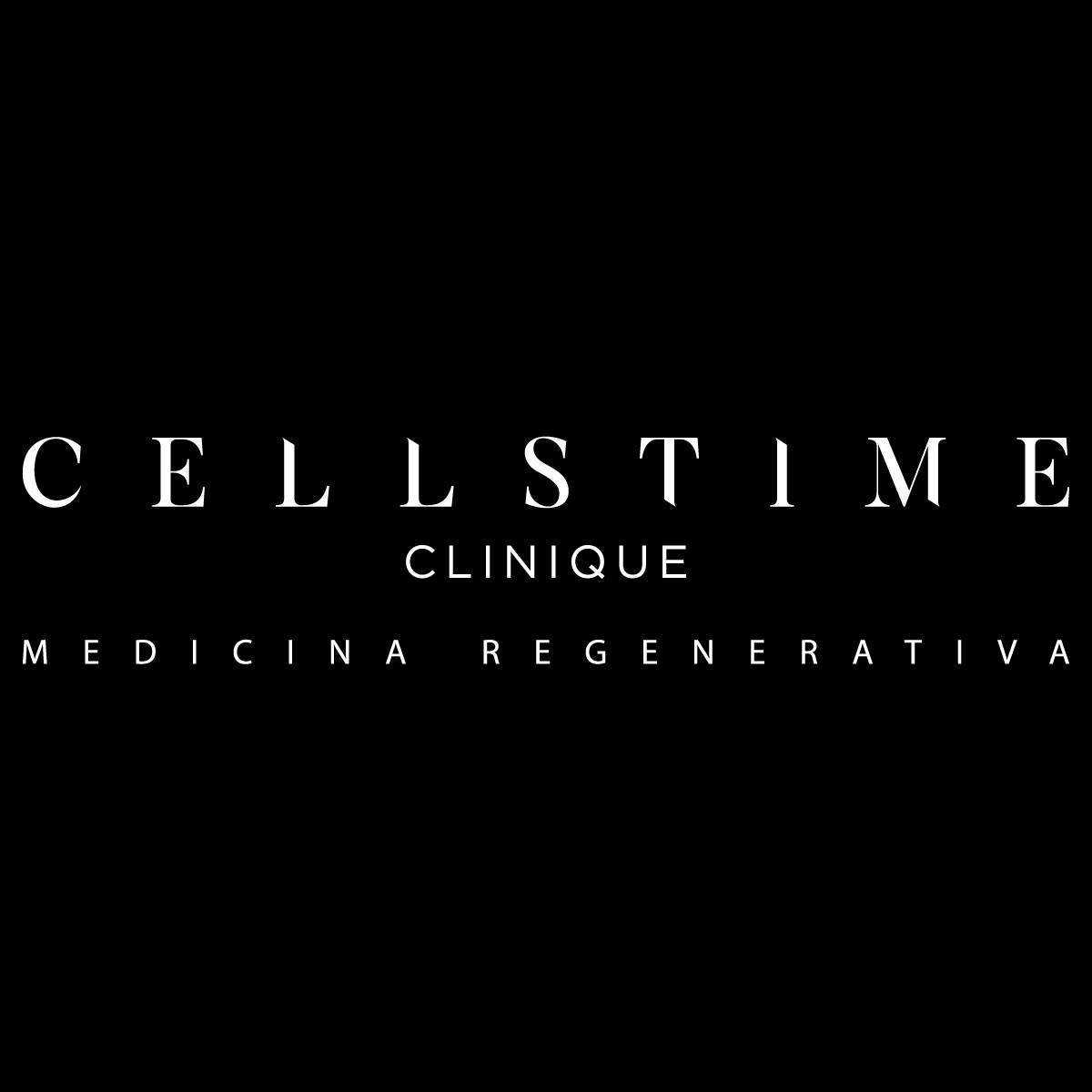

Share this listing